Author: Nathan Chadwick
Photography: RM Sotheby’s
Giulia
The original Giulia saloon emerged in June 1962 and spawned a raft of models that shared ‘105-series’ ancestry. While it may have appeared perpendicular and boxy, the Giulia saloon boasted a drag coefficient of just 0.34cd (the same as a ‘jelly mould’ Ford Sierra) and a twin-cam four-cylinder engine.
Did you know? Giulia saloons remained in production to 1977.
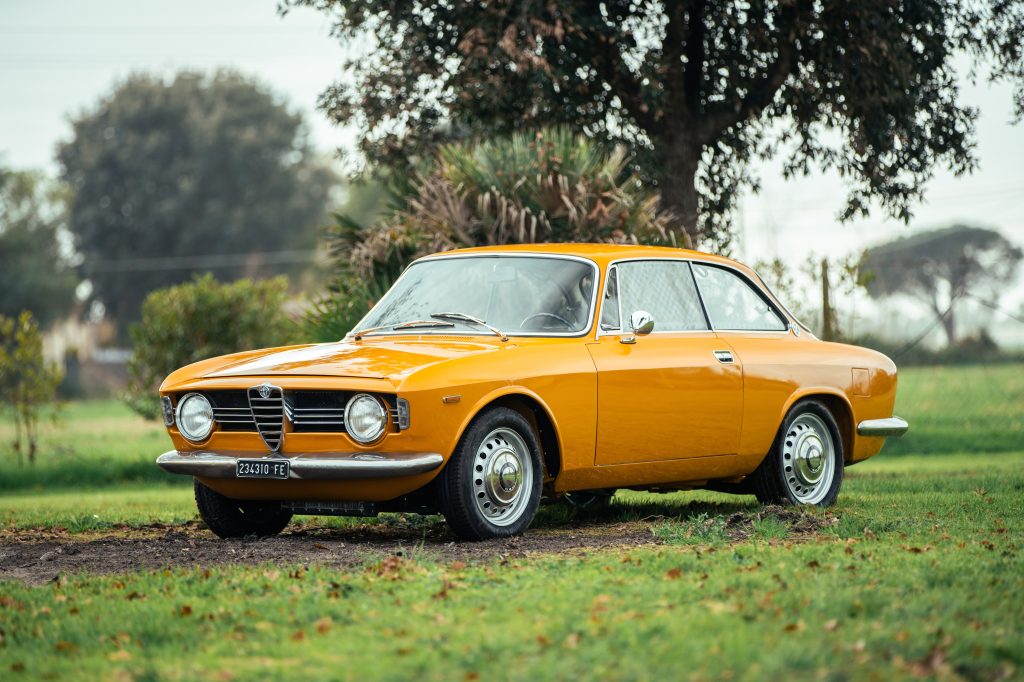
Giulia Sprint GT/GTV
The Giorgetto Giugiaro-penned Giulia Sprint GT was a styling masterclass, many cues having been lifted from his earlier 2600 Sprint. Not that this was ever intended to be a mass-produced range filler. Studio chief Nuccio Bertone envisaged a small-series offering but he made the mistake of showing renderings to Alfa’s management and it was adopted as a catalogue model from 1963.
Did you know? Giugiaro owned one in period, although he could only afford an entry-level 1.3-litre edition.
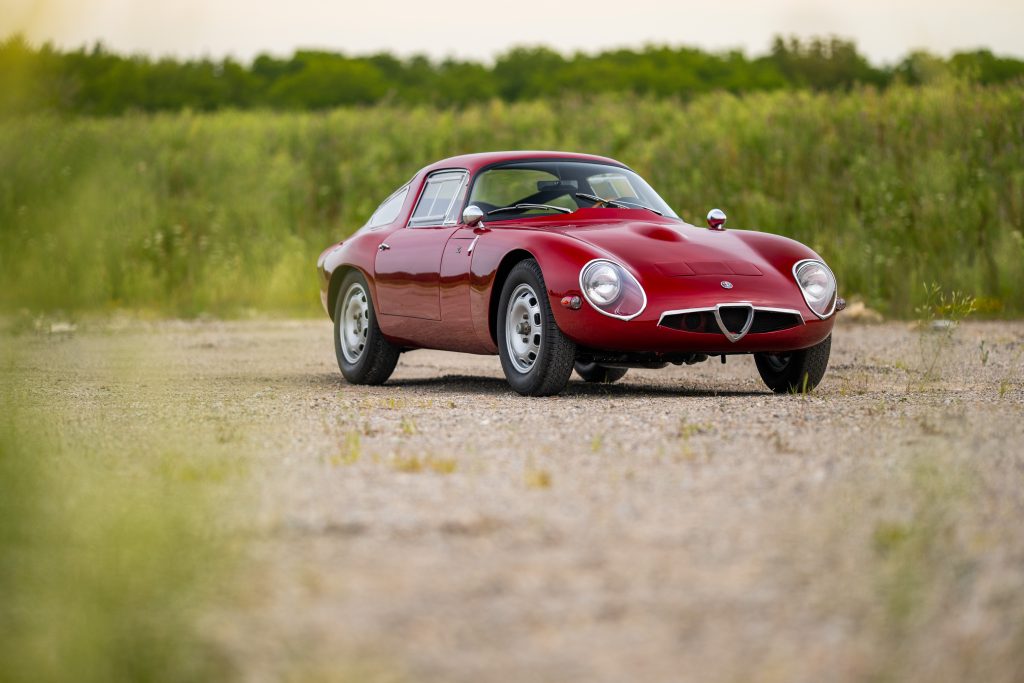
TZ (aka TZ1)
Among the more exotic 105-series spin-offs, and arguably the prettiest, the TZ (Tubolare Zagato) was a giant-slayer in period. Built with competition in mind, this flyweight device broke cover in 1963 and racked up class and overall race wins across Europe and North America.
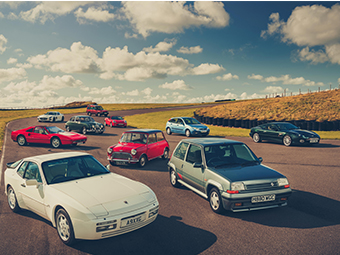
Did you know? The glassfibre-bodied, low-drag TZ2 that followed in 1964 was rather more hardcore. A mere 12 were made.
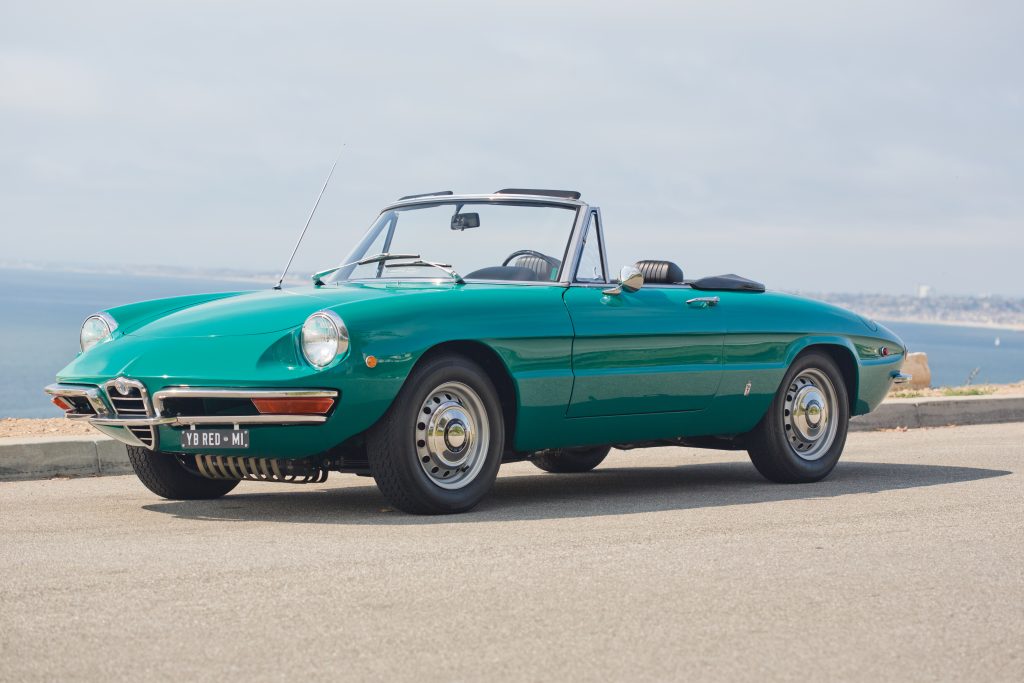
Alfa Romeo Spider
The last design to be signed off by Battista Pininfarina (he died just days after its March 1966 debut), the ‘Duetto’ Spider’s drivetrain was lifted wholesale from the Giulia. So that meant a 1570cc all-alloy four-cylinder engine, a five-speed ‘box and a live rear axle suspended on radius arms and coil springs. If anything, the subsequent post 1970 Kamm tail version was better balanced stylistically.
Did you know? A late-run makeover by Pininfarina in 1990 rounded out 27 years of manufacture.
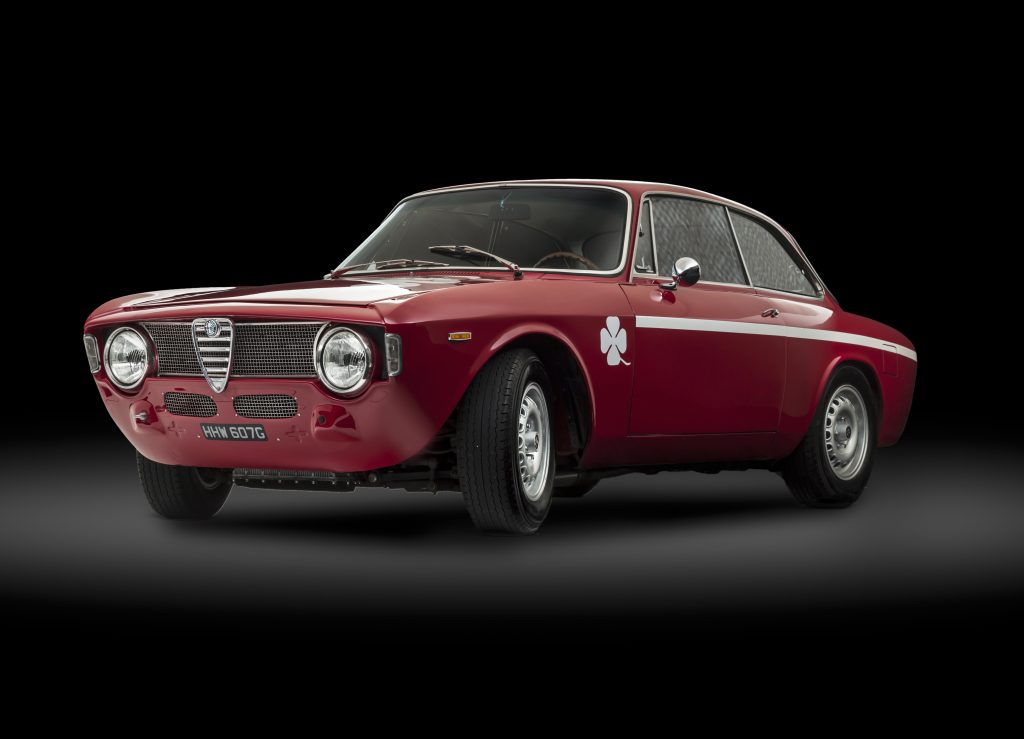
Alfa Romeo Giulia GTA
The Giulia GTA (the A part meaning Alleggerita, or ‘Lightweight’) was that bit more purposeful than the Sprint that bore it, 273.5kg being saved by means of replacing the outer steel skin – aside from the sills and filler cap – with aluminium. The side glazing, meanwhile, made way for Plexiglas.
Did you know? The 1.6-litre GTA won first time out in the 1966 Sebring 4-Hour International Touring Car race, driven by future F1 champion, Jochen Rindt.
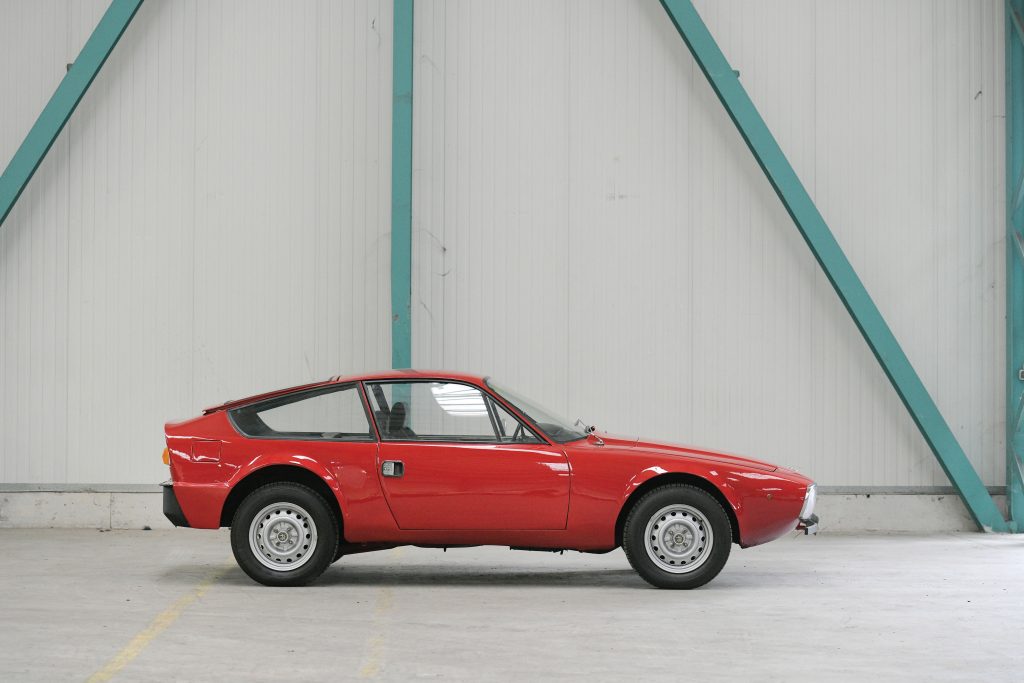
Alfa Romeo Junior Zagato
Styled by future BMW design director Ercole Spada, the wedge-shaped profile here wasn’t universally well-liked when first seen in 1969. Offered in 1.3- and 1.6-litre forms, the lightweight Junior Zagato remains a brilliant driver’s car. Intriguingly, a mid-engined prototype was constructed ahead of a possible motoring racing campaign. Oh, and Honda appropriated the Junior Zagato’s outline for the first-gen CR-X.
Did you know? A switch on the dash enabled the driver to raise the rear hatch a few inches to improve cabin ventilation.
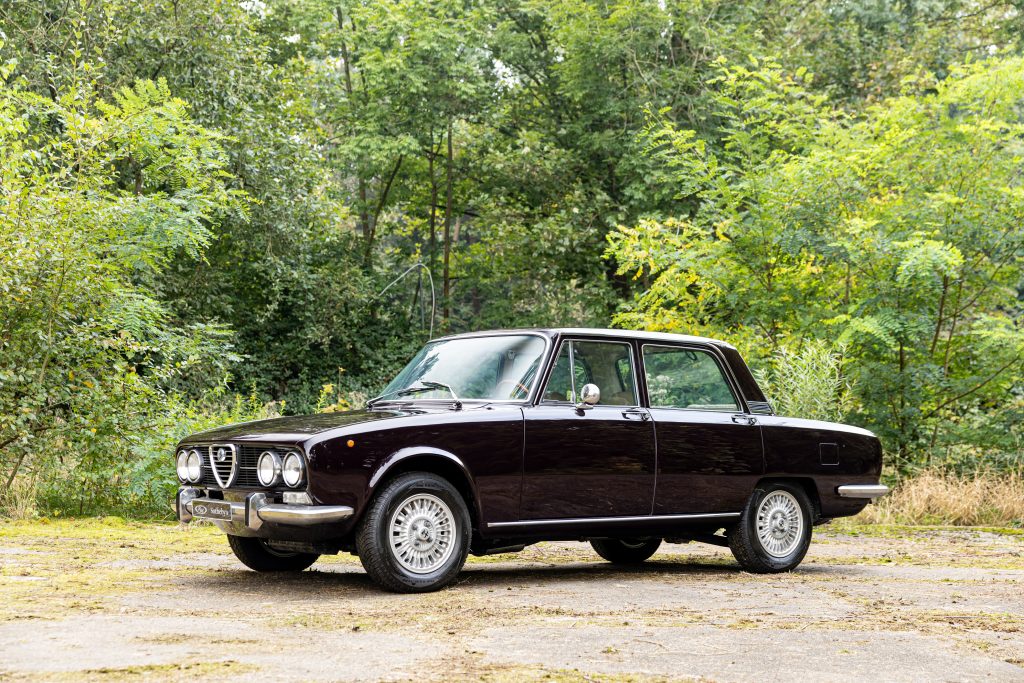
1750/2000
Perhaps the most underrated 105-series Alfa, the 1750 and larger engined 2000 sibling were derived from the Giulia saloon. Universally referred to as Berlinas, this was meant to be a more aspirational model to rival contemporary BMWs. Nevertheless, Bertone’s Marcello Gandini had his hands tied somewhat because the new strain had to borrow much of the Giulia’s structure (the windscreen was also carried over).
Did you know? Berlinas were made in various guises from 1968-77, US-market cars being equipped with SPICA mechanical fuel-injection.
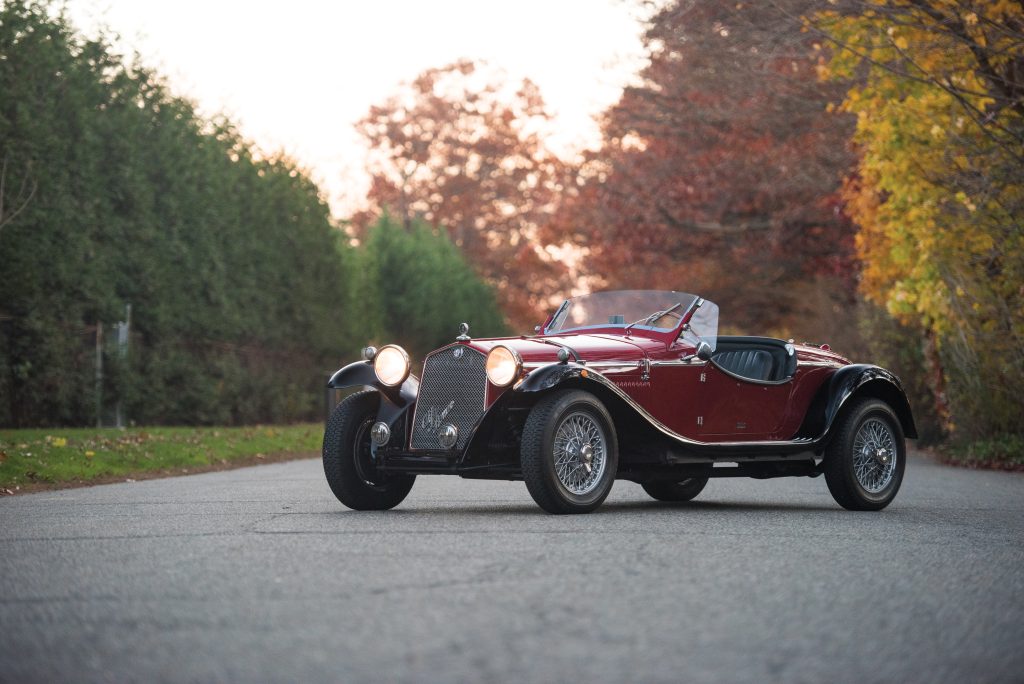
Gran Sport Quattroroute
Despite the Alfa Romeo logos and Zagato coachwork, this intriguing device was dreamed up by a third party. Gianni Mazzocchi, the founding publisher of Quattroroute magazine, conjured a car styled along similar lines to his beloved pre-war Alfa 6C 1750 but one that employed Giulia Ti running gear. 92 cars were made from 1965-68.
Did you know? Mazzocchi lent his 1930 6C 1750 roadster to act as a template. Ironically, his wasn’t a Zagato-clothed variant.
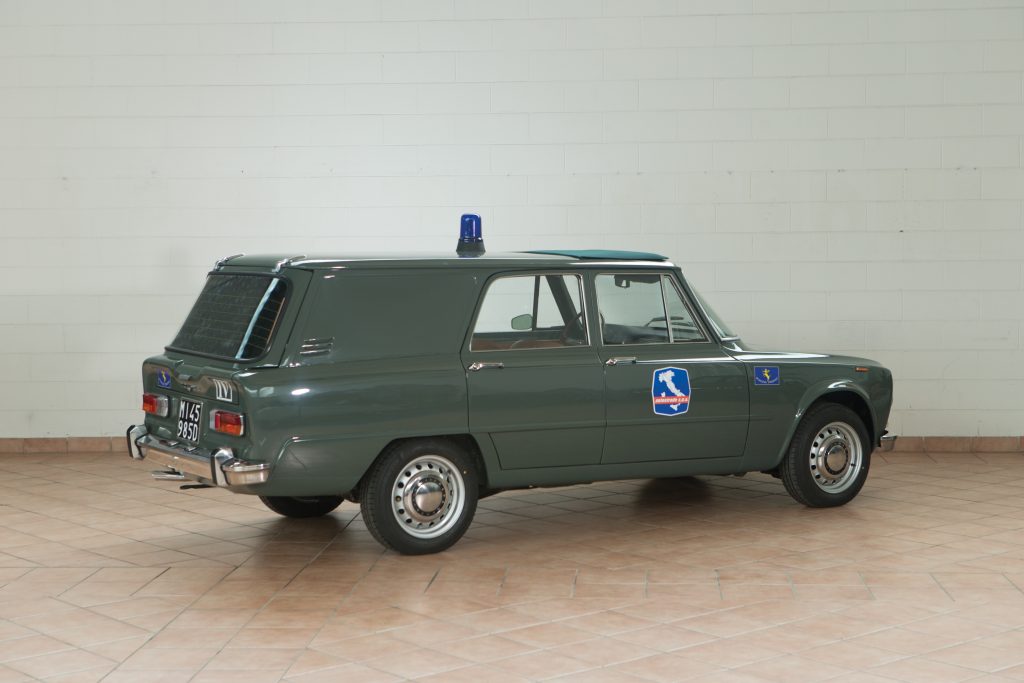
Giulia Giardinetta
The original Giulia saloon in any of its many guises was a wonderful thing, but one variant was conspicuously absent from the range: an estate car. However, that isn’t to say that they didn’t exist, and with factory blessing. Carrozzeria Colli produced as many as 160 ‘wagons’ and vans based on the Giulia. Giorgetti also produced around 400 Giardinettas (pictured), Grazia a further 90 or so, Introzzi around 80, and Marazzi as many as 70.
Did you know? Colli also made arguably the strangest coachbuilt offering of them all: the Torpedo beach car, complete with wicker seats.
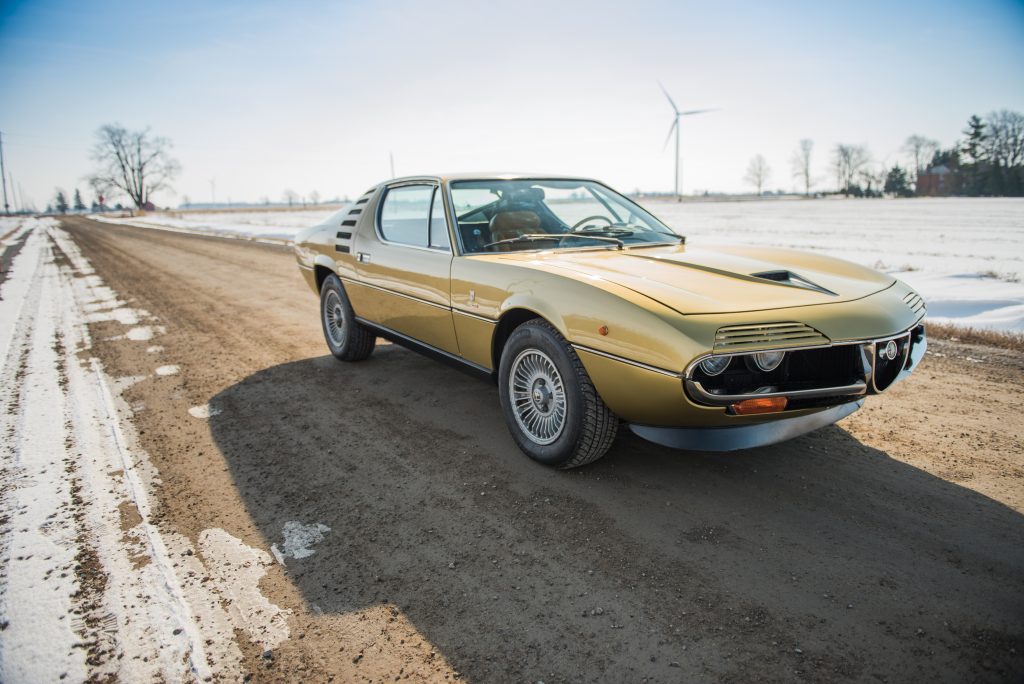
Montreal
Unlike the other cars in this list, the Montreal didn’t employ a peaky twin-cam unit. Instead, a quad-cam V8 was dropped into a reworked 105-series platform. Derived from a brace of Marcello Gandini-styled show cars that appeared at Expo 67 in Montreal, Quebec, the production car emerged in 1970.
Did you know? As many as 3917 cars were made to 1977.
Do you own any of the cars mentioned in this article? Let us know in the comments!
Read more
Future Classic: Alfa Romeo Giulia
Do You Remember the Alfa Romeo 164 ProCar?
Future Classic: Alfa Romeo 4C
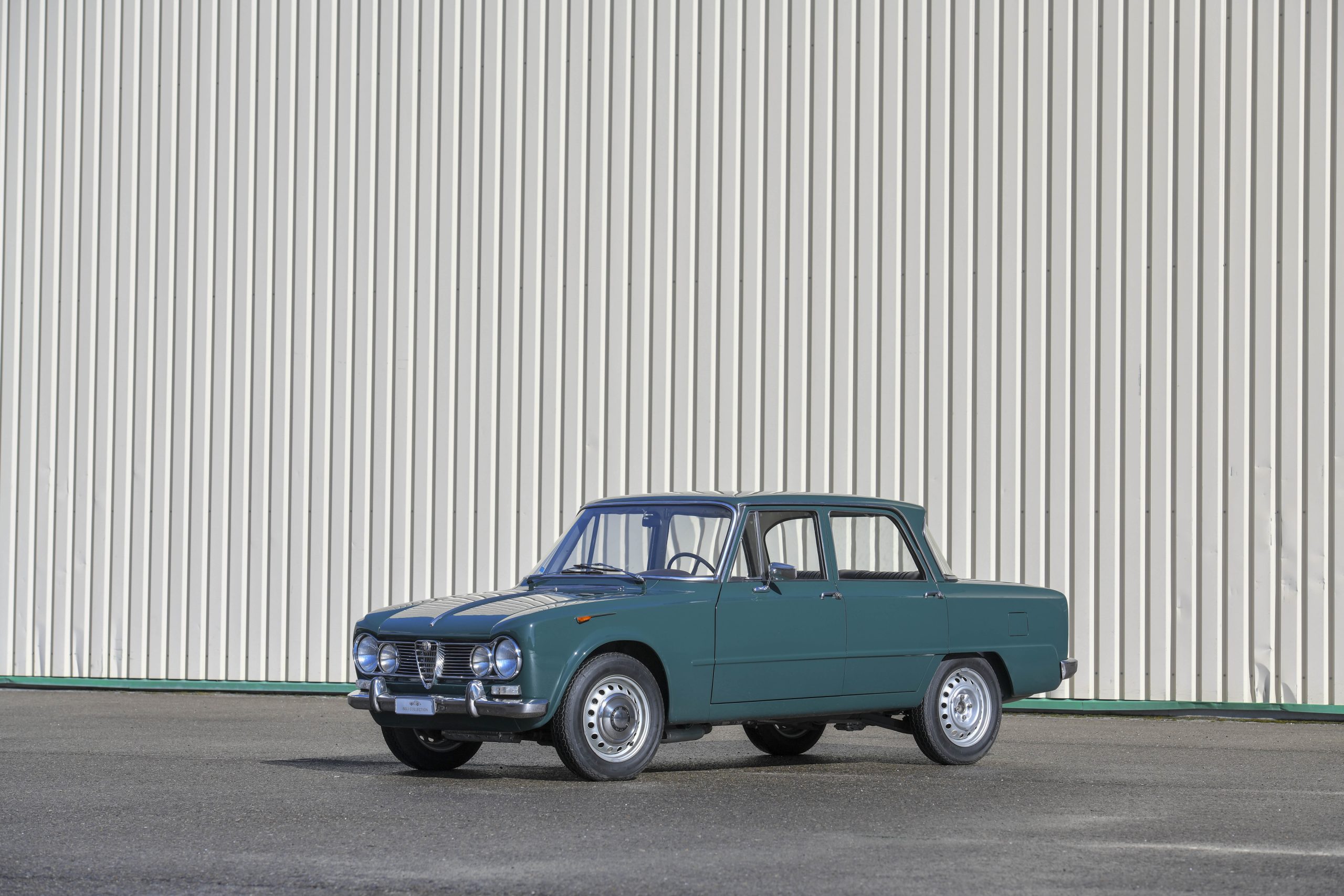


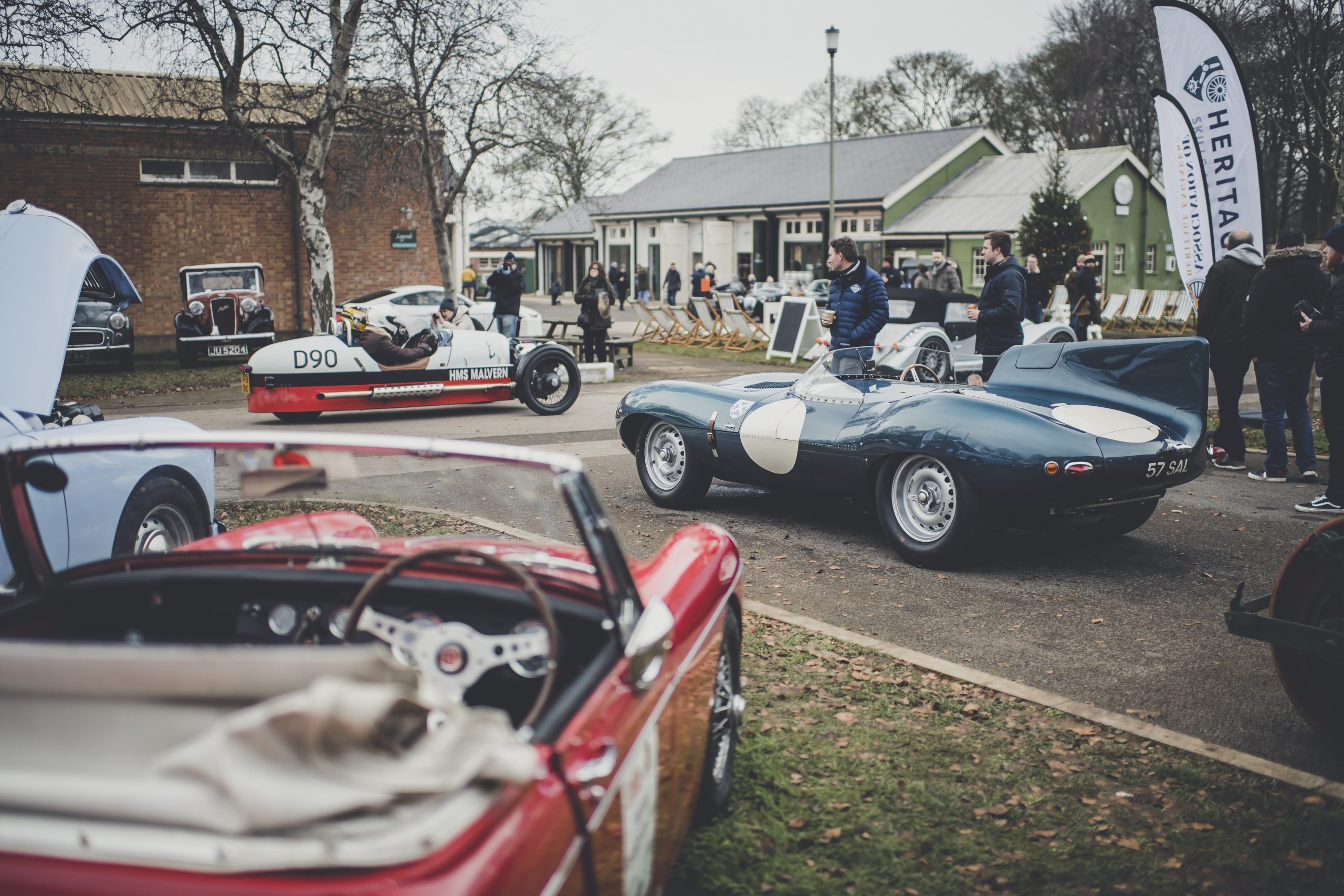
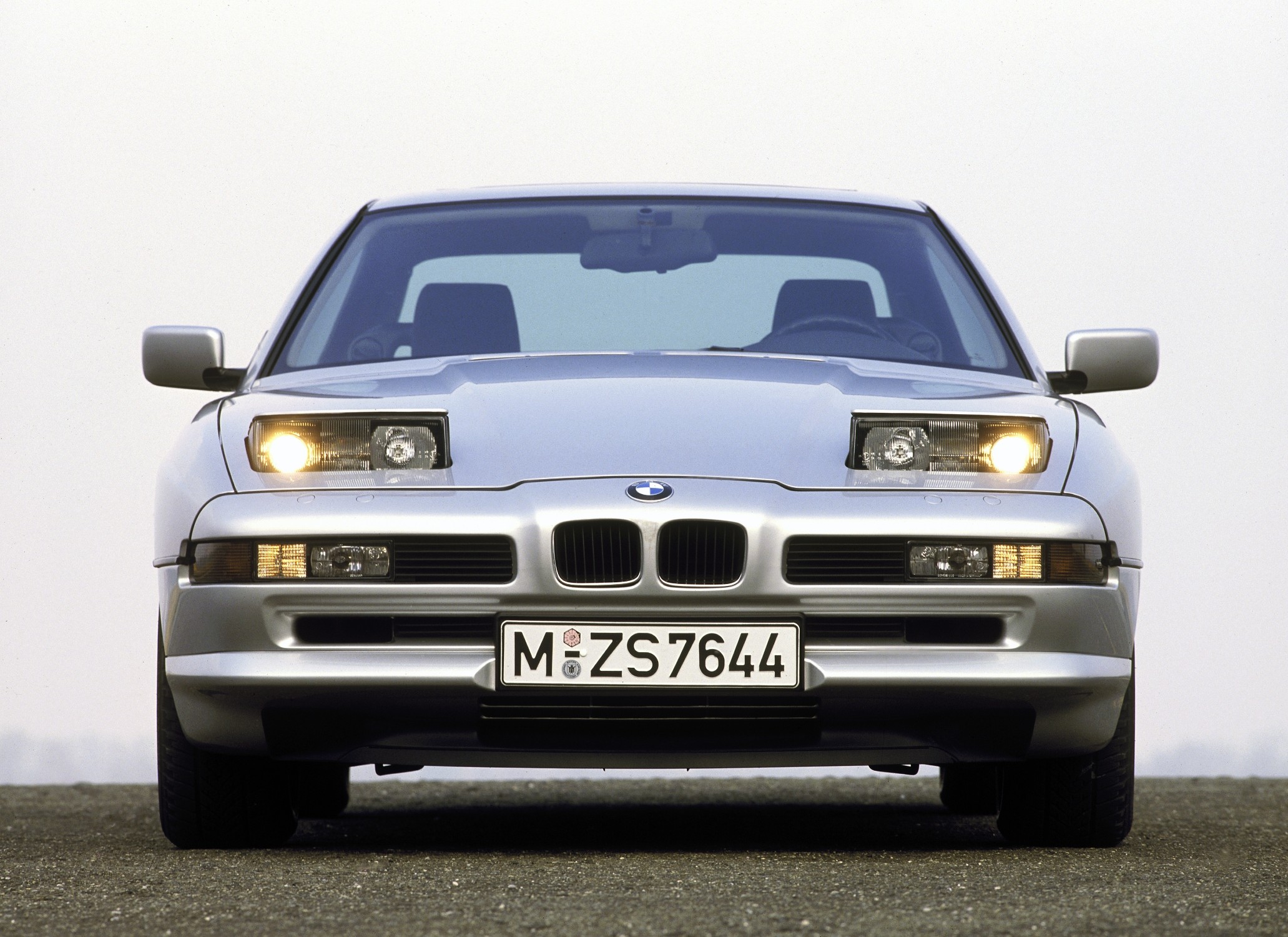
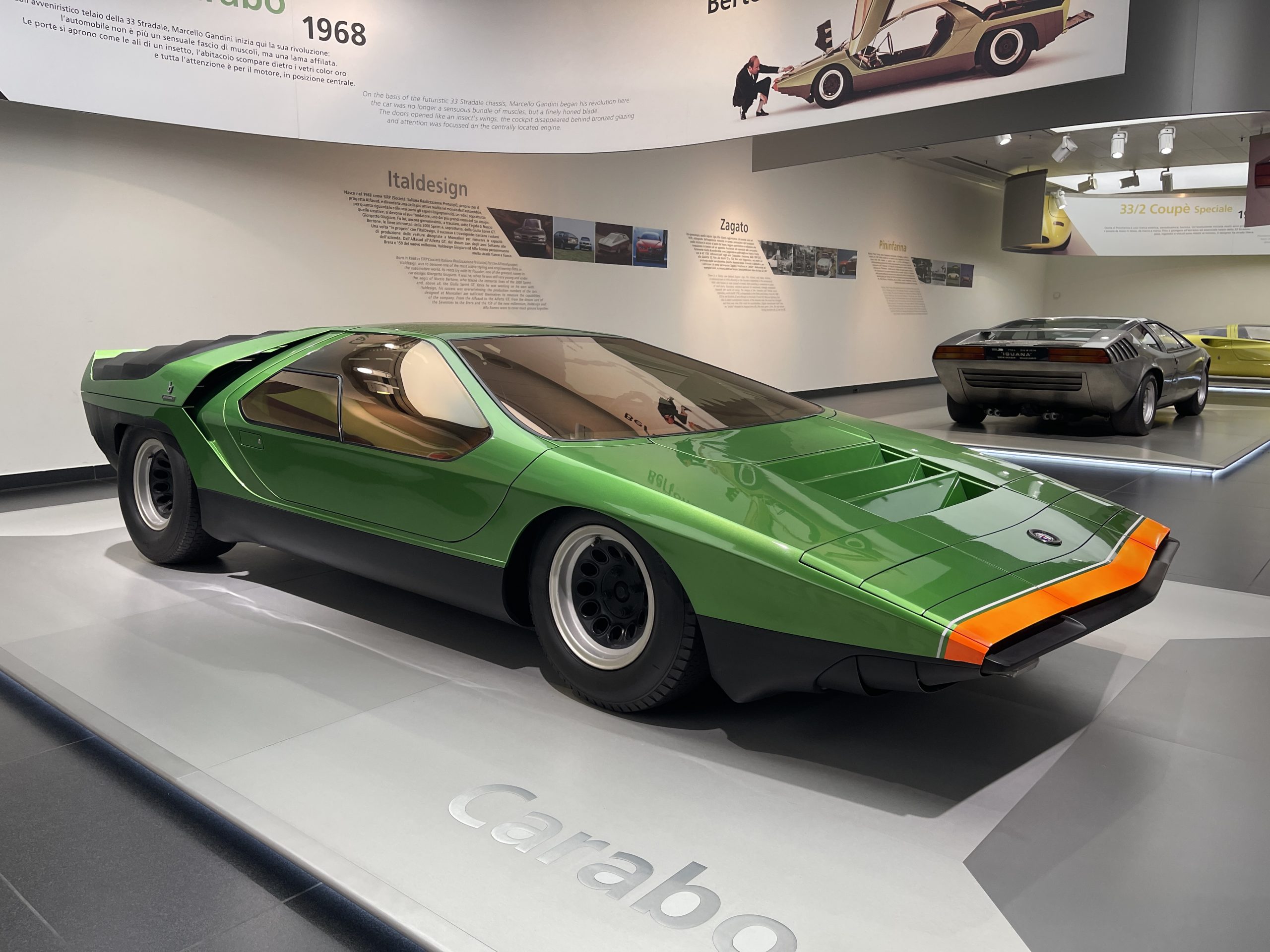
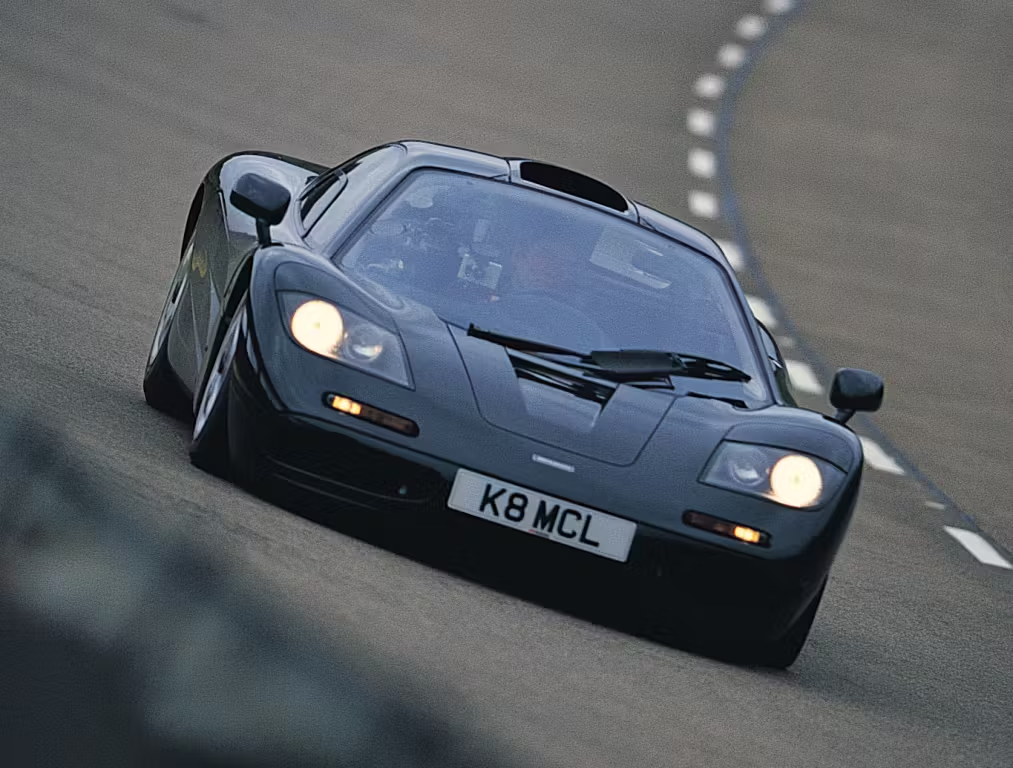

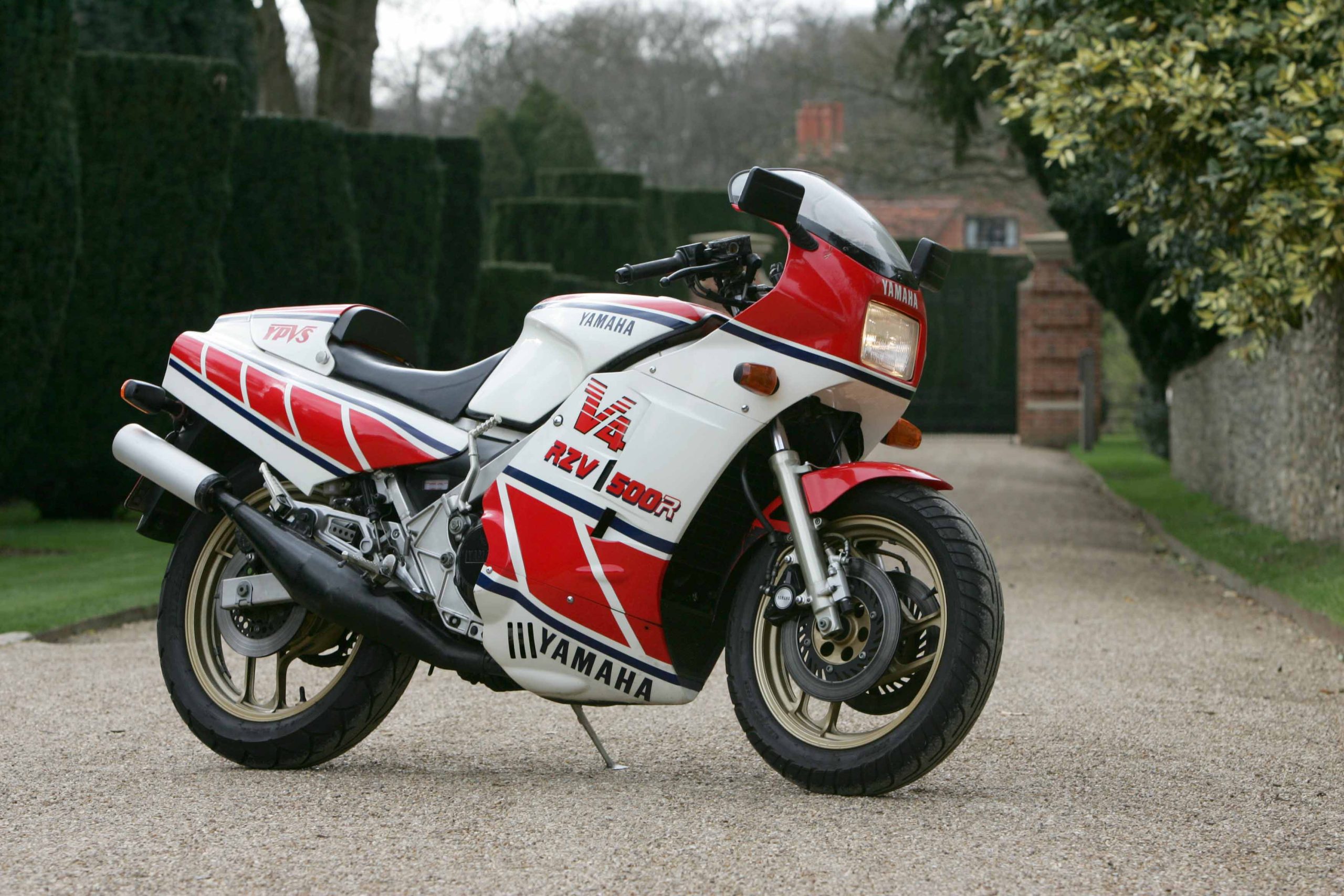
I have owned my present and third 1973 105.28 Giulia Super 1.6, for 20 years now.
My first 1972 Giulia Super 1600 adopted me in 1978. Second in 1985.
A real drivers car and the mechanics are a pleasure to work on.
Tours including the continent and the Outer Hebrides have been brilliant adventures.
After the beauty of the 750/101 Giuliettas, I think most of the 105s are pretty ugly. The exception being the Duetto Spider, which I think it lovely.
I bought a 1969 Spider 1750 in 1985 for $750 with rusty floors and a badly repaired front fender. The restoration started in 2021 is nearly done after several false starts and much expense. If nothing else, it’s another classic car I’ve saved from the junkyard.
Hello,
owned 1750 Berlina, 1990 Spider 4 th Series ( 1600, Webers ) and 1962 Giulia TÍ . Giulia TI the most fun to drive.
Thanks